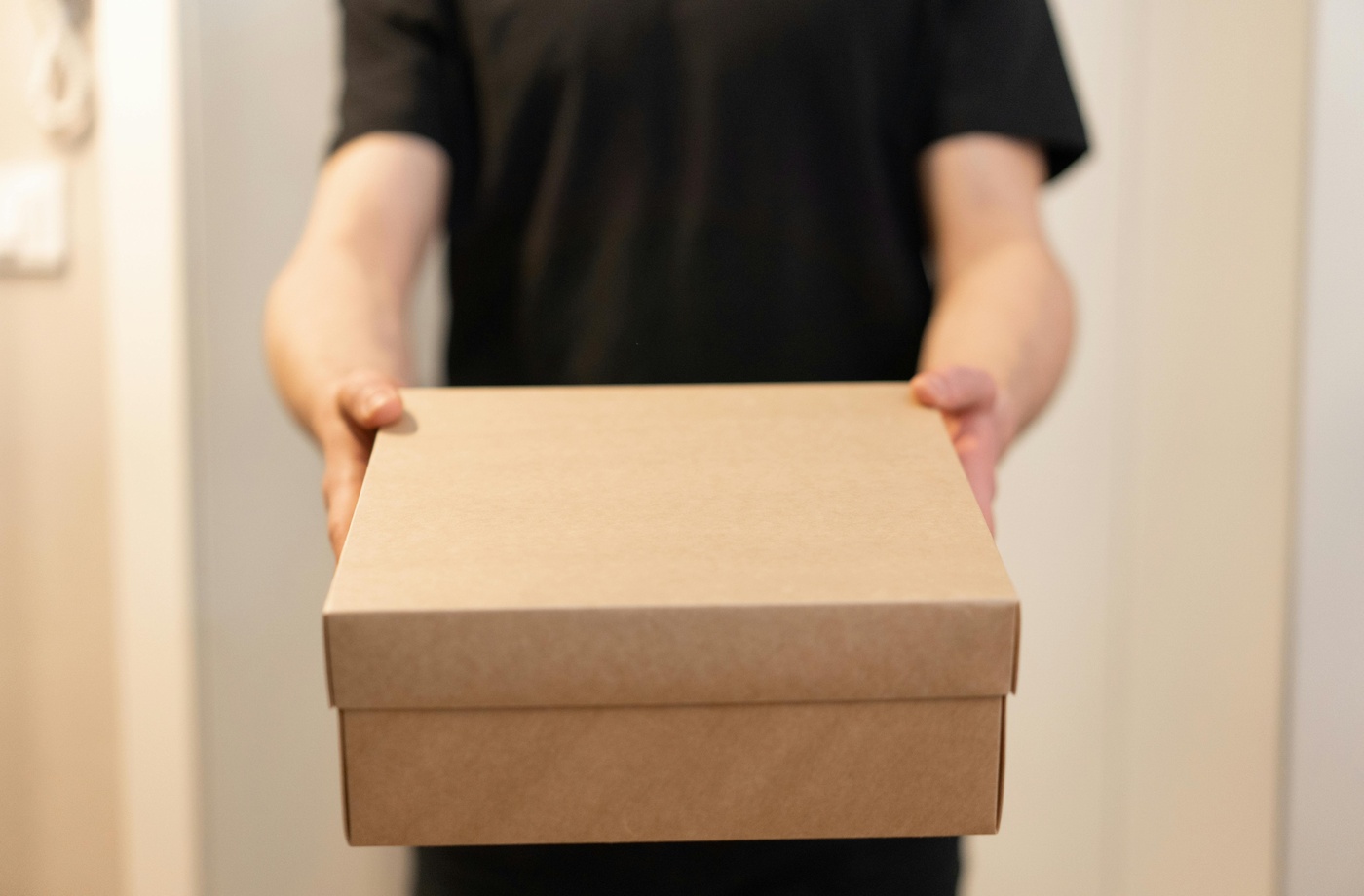Best Practices for Printing Shipping Labels at Home
Printing shipping labels at home is one of the most efficient ways to streamline your order fulfillment process—especially for small business owners and e-commerce sellers. With the right tools, you can reduce costs, speed up packing, and avoid mistakes that delay delivery. Here’s how to do it the right way.
Use a shipping platform with discounted rates
Platforms like Pirate Ship, ShipStation, and Shippo let you create and print labels directly from your computer while accessing commercial shipping rates from carriers like USPS, UPS, and FedEx. These platforms also integrate with online stores like Shopify, Etsy, and eBay, making it easy to automate your shipping workflow.
Invest in a thermal printer
If you ship frequently, consider switching to a thermal printer like the Rollo or the DYMO LabelWriter 4XL. These printers don’t require ink and are built to handle 4” x 6” shipping labels, which are standard for most carriers. The result: clear, smudge-free labels that scan reliably and print fast.
Buy quality label supplies
Adhesive shipping labels are essential for thermal printers, and if you’re using a regular inkjet or laser printer, half-sheet peel-and-stick labels are your best option. If you prefer to print on plain paper, make sure to apply the label securely using clear packing tape. For savings on these supplies, consider using cashback tools or platforms that offer discounts at retailers like Office Depot and Staples.
Check label formatting before you print
Always review your printer settings before you hit print. Make sure labels are sized properly (usually 4” x 6”) and that barcodes are not distorted or cropped. Improperly formatted labels can result in scanning failures or delivery delays.
Use a digital scale for accuracy
To avoid postage adjustments or returns, use a postal scale that reads in ounces or grams with high precision. Underestimating a package’s weight or size is one of the most common causes of unexpected shipping fees.
Save default settings for repeat use
Most shipping platforms let you save presets for commonly used box sizes, weights, and addresses. This can shave minutes off each order and reduce the chance of input errors. Set up profiles for repeat customers or standard products to streamline batch shipping.
Attach labels securely
If using peel-and-stick labels, make sure they’re applied smoothly and flat, without folds or wrinkles. If printing on paper, completely cover the label with clear tape—especially over the barcode—to protect it from moisture or damage.
Track deliveries and troubleshoot delays
Once your label is printed and the package is shipped, use the tracking number to monitor delivery status. You can track shipments directly through carrier websites like USPS, UPS, or FedEx. Most shipping platforms also sync tracking info with your storefront automatically.
Final thoughts
With a few smart tools and habits, printing shipping labels at home becomes a seamless part of your operations. From thermal printers and label formatting to shipping software and tracking tools, following these best practices will help you save time, cut costs, and keep customers happy.



